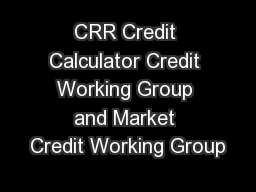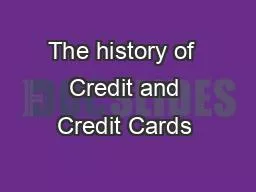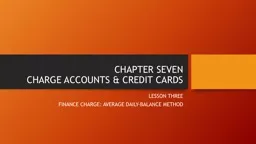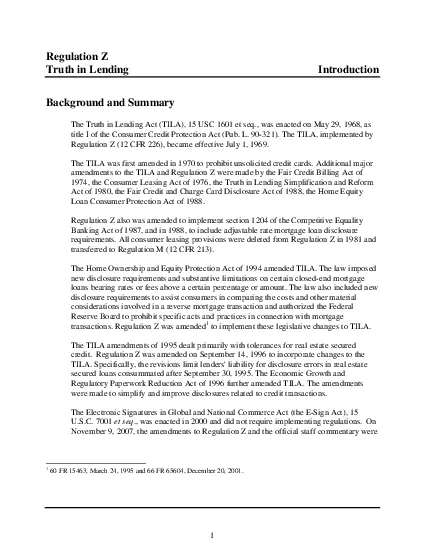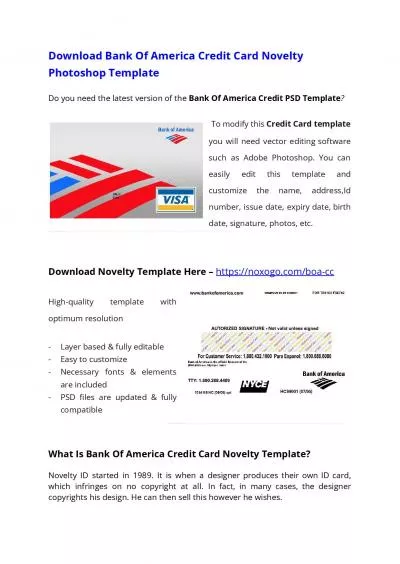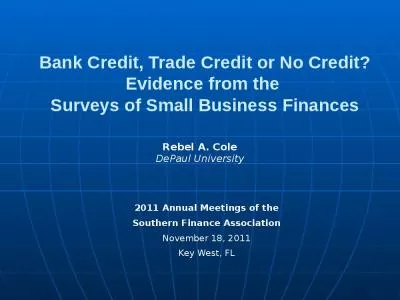PPT-Chapter 10 Notes Credit – You’re in Charge
Author : madeline | Published Date : 2023-10-31
Credit the ability to borrow money in return for a promise of future payment Credit has the opposite tradeoff as saving You give up the ability to spend in the
Presentation Embed Code
Download Presentation
Download Presentation The PPT/PDF document "Chapter 10 Notes Credit – You’re in ..." is the property of its rightful owner. Permission is granted to download and print the materials on this website for personal, non-commercial use only, and to display it on your personal computer provided you do not modify the materials and that you retain all copyright notices contained in the materials. By downloading content from our website, you accept the terms of this agreement.
Chapter 10 Notes Credit – You’re in Charge: Transcript
Download Rules Of Document
"Chapter 10 Notes Credit – You’re in Charge"The content belongs to its owner. You may download and print it for personal use, without modification, and keep all copyright notices. By downloading, you agree to these terms.
Related Documents







